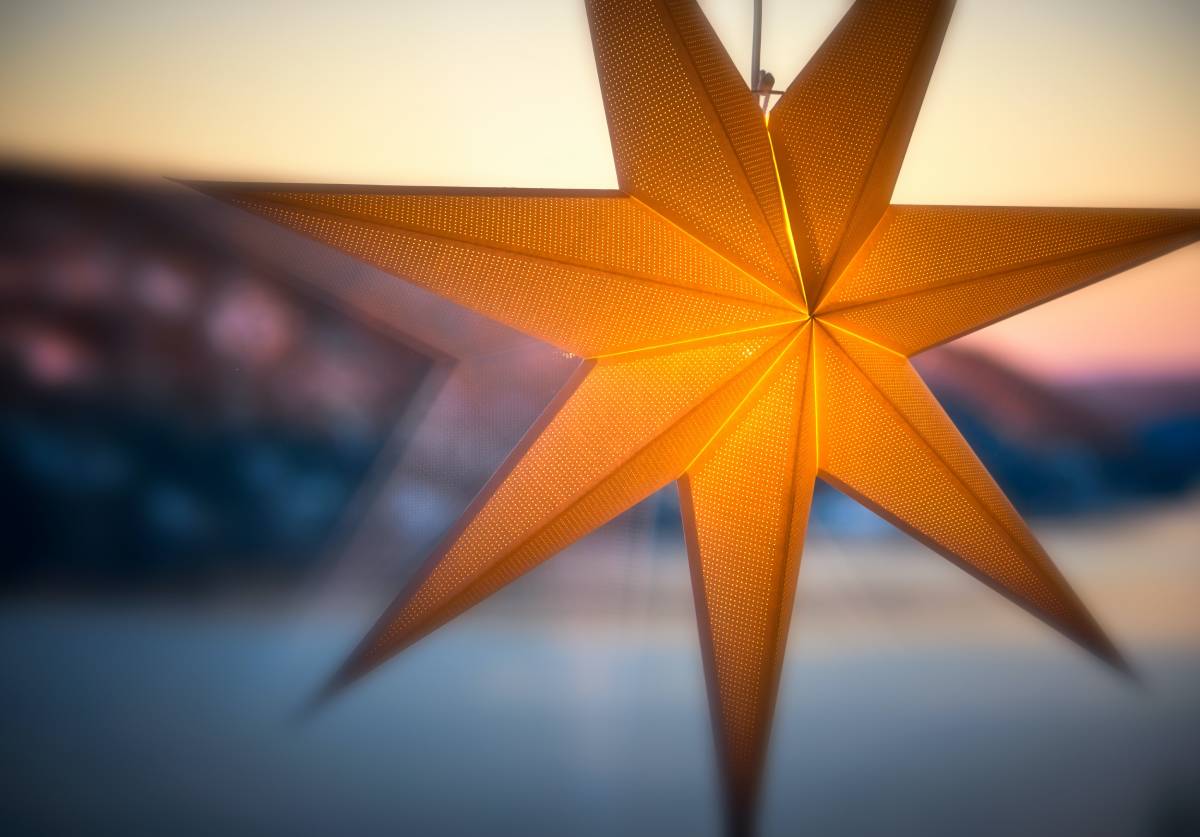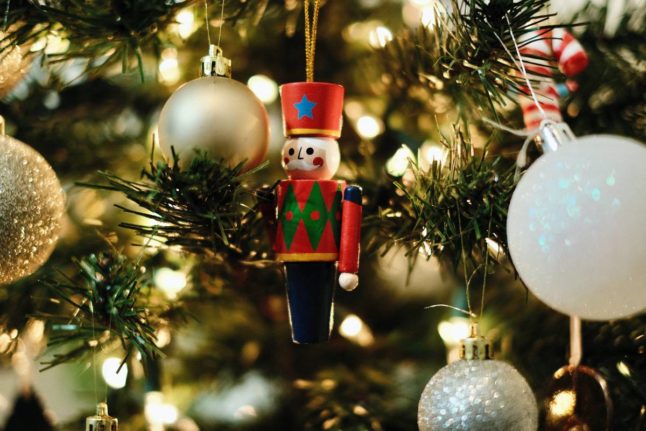Christmas is seen as a time of year when people come together to celebrate, spend time with loved ones, and exchange gifts, and Norway is no exception.
Norwegians love the yuletide season, and have a rich collection of traditions, customs, and festivities that define their celebrations in the winter months.
READ MORE: Six ways to tell if you should spend Christmas in Norway
From the moment Advent begins to the traditional rituals (and dishes!) of Christmas Eve, the country’s approach to the holiday season is a blend of cherished customs and cosy delights.
Don’t miss out on the fun – it’s truly a special experience.
Advent celebrations
In Norway, the Christmas season officially begins on the first Sunday of Advent, which usually falls at the end of November or early December (though you’re likely to see Christmas decorations go up as early as mid-November in most cities).
In 2023, the first Sunday of Advent falls on December 3rd.
Advent is a time of anticipation and preparation for Christmas, marked by the lighting of advent candles and, if you’re a child, the opening of advent calendar windows.
Each Sunday leading up to Christmas, many Norwegians light a new candle on their advent wreaths and gather as a family, with some singing carols and others watching Christmas movies or reading Christmas stories.
Children often follow along by opening their chocolate Advent calendars filled with sweets or small toys. This tradition adds an extra layer of excitement to the holiday season as they discover a new treat or small gift each day, building anticipation for the big celebration on Christmas Eve – when the real Christmas presents are usually opened.
Feeding the birds during winter time
Another unique Norwegian tradition is hanging Christmas sheaves outside for the birds.
These sheaves are made of grains and seeds. Grains such as oats, barley, and wheat, along with seeds like sunflower and millet, are bound together with colourful ribbons.
It’s a way for Norwegians to share the Christmas spirit with nature and provide food for birds during the harsh winter months when food is often scarce.
The creation of Christmas sheaves is often a family activity, and – once they’re ready – these sheaves usually find their place outside homes, in gardens, on balconies, and in front of barns.

Decorating homes – and the classic Christmas star
Norwegians are big fans of going big when it comes to decorating their homes for Christmas.
One of the most widespread symbols of Norwegian Christmas decor is the Christmas star (julestjerne in Norwegian), made of straw, paper, or plastic and hung in windows, doorways, and halls.
Along with the star, you’ll often find other typical decorations such as Christmas trees and lights, wreaths, a wide range of figurines and snow globes, as well as candlesticks placed in windows to light up the winter nights.
Furthermore, don’t be surprised if you come across a stray plastic Santa Claus or reindeer leaning over a balcony or two – Norwegians extend their decorations beyond the confines of their homes.
The smell of gingerbread fills the air
The sweet aroma of gingerbread fills Norwegian homes during the holiday season. If you’re not one for baking, you’ll easily spot the start of this time of the year as you do your regular shopping – most stores, such as Rema 1000 or Kiwi – will start stacking up towers of gingerbread sweets.
That said, baking is a cherished Christmas tradition in Norway. Families come together to bake gingerbread cookies, which are often used to create detailed gingerbread houses, towers, ships, and even stadiums!
READ MORE: Ten of Norway’s best and most-loved Christmas markets
These gingerbread creations are not just for display; if they’re done the traditional way (meaning that melted sugar is used to hold the construction in place), they are also edible.
Bergen, Norway’s second-largest city, has a famous Gingerbread Town exhibition (Pepperkakebyen in Norwegian) that takes place annually.
In late October and early November, the city’s residents, schools, businesses, and various organisations come together, bake hundreds of gingerbread houses, and create a breathtaking gingerbread wonderland.
Meeting friends and family on Christmas Eve (Julaften)
Christmas Eve (Julaften in Norwegian), the evening of December 24th, is the most important day of the holiday season in Norway.
The festivities of the day start with the lighting of candles and the gathering of loved ones.
Families and friends come together in beautifully decorated homes, where the glow of candles and the twinkling lights of the Christmas tree create an ambience of cosiness.
Usually, the aroma of holiday dishes fills the air from around noon.
The main meal typically includes traditional and hearty dishes such as roast pork belly (ribbe), reindeer steak, pork patties (medisterkaker) or dried and salted lamb ribs (pinnekjøtt).
READ MORE: The traditional Norwegian Christmas delicacies you should know about
It’s a time for coming together and reflecting on the meaning of Christmas. After the Christmas Eve dinner, some Norwegians attend a midnight mass. Following the service, they usually come home and open their presents.
Norway’s Christmas traditions, from the gingerbread cookies and houses to family gatherings on Christmas Eve, embody a spirit of togetherness and generosity.
Regardless of how you spend your Christmas, these customs reflect a deep sense of community and a commitment to sharing the holiday joy with loved ones and your community.
So, if you ever find yourself in Norway during the holidays, be sure to embrace the julestemming, as it will help you immerse yourself in the magic of an authentic Norwegian Christmas, where traditions are celebrated and the spirit of the season shines brightly.



 Please whitelist us to continue reading.
Please whitelist us to continue reading.
Member comments